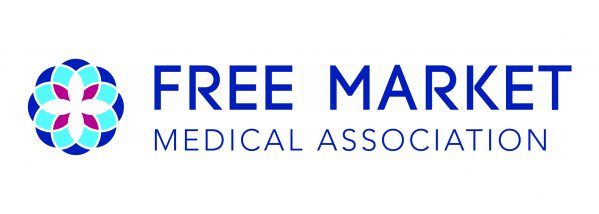Differences Between Direct Primary Care vs Concierge Medicine

In the evolving landscape of healthcare, two models that stand out for their unique approach to patient care are Concierge Care and Direct Primary Care (DPC). While they share similarities in offering more personalized healthcare experiences, there are significant differences between them. Understanding these differences is crucial for patients seeking tailored healthcare solutions.
Both aim to address common healthcare frustrations by limiting patient panels, allowing for longer visits and quicker appointments. However, their fee structures differ. The choice between dpc vs concierge medicine models can significantly impact patients' healthcare experiences, costs, and satisfaction. As healthcare evolves, understanding these options becomes increasingly important for consumers navigating the medical marketplace.
Top 15 distinctions between Concierge Medicine vs Direct Primary Care models
1. Definition and Approach:
Concierge Care is a model where patients pay a retainer fee, often annually, for enhanced healthcare services. This model emphasizes exclusivity and highly personalized care. In contrast, Direct Primary Care focuses on a flat, periodic fee structure, eschewing the complexities of insurance billing for straightforward, accessible care.
2. Cost Structure:
Concierge Care is typically associated with higher retainer fees reflecting the exclusive services provided. DPC, on the other hand, is known for its affordability, with lower monthly fees making it an attractive option for a broader patient base.
3. Insurance Dependency: Concierge services usually work alongside traditional insurance, with the retainer covering services not typically included in insurance plans. DPC generally operates independently of insurance companies, reducing bureaucratic hurdles and costs.
4. Patient Load: Both models boast a lower patient load compared to traditional practices, allowing for more personalized attention. Concierge physicians might have even fewer patients, offering a higher degree of personalization, while DPC doctors focus on accessibility and comprehensive care within a smaller patient panel.
5. Services Offered: Concierge Care often offers a broader range of personalized services including wellness plans and advanced medical testing. DPC, while also focusing on personalized care, primarily offers essential primary care services.
6. Availability: Concierge doctors frequently provide 24/7 availability and might offer house calls, ensuring round-the-clock access for their patients. DPC practices typically maintain regular office hours with some extended availability, emphasizing accessibility.
7. Billing and Payments: In Concierge Care, patients often pay an annual or monthly retainer plus insurance copays for certain services. DPC simplifies this with a straightforward monthly fee, excluding insurance from the equation.
8. Length of Visits: Concierge Care patients usually enjoy longer, more in-depth visits, allowing for extensive health discussions and evaluations. DPC visits, while comprehensive, are structured to be efficient within standard visit lengths.
9. Focus on Wellness and Prevention: A strong emphasis on overall wellness and preventive care is a hallmark of Concierge Care. DPC also emphasizes preventive care, but within the confines of more traditional primary care services.
10. Technology Use: Concierge Care practices often leverage advanced medical technology for patient care and communication. DPC practices, aiming to keep costs down, focus on essential and effective technology.
11. Customization of Care: Concierge Care is known for its highly personalized care plans, tailored to the individual needs and preferences of each patient. DPC offers personalized care within a more standardized primary care framework.
12. Patient Demographics: Concierge Care often attracts a wealthier demographic due to its higher cost and exclusive services. DPC, being more affordable, is accessible to a wider range of socio-economic backgrounds.
13. Contract Length and Terms: Concierge contracts are typically longer-term with detailed terms and conditions. DPC offers more flexibility, with many practices offering month-to-month options.
14. Access to Specialists: Concierge practices usually include comprehensive coordination with a wide network of specialists. DPC provides direct and personal referrals, focusing on building strong relationships with a network of specialists, albeit less integrated.
15. Geographical Availability: Concierge Care is more prevalent in urban and affluent areas, reflecting its target demographic. DPC is increasingly available in various regions, including suburban and rural areas, reflecting its broader accessibility.
Conclusion:
The choice between Direct Primary Care vs Concierge medicine care depends on individual healthcare needs, preferences, and financial considerations. Both models offer distinct advantages and cater to different patient expectations and requirements. While Concierge Care provides a luxury healthcare experience with extensive services, DPC offers a more affordable, accessible approach to primary care.
Know more about our solutions:
Patient Analytics for Employers:
Healthcompiler.com/dpc-insights
DPC Marketing solutions:
Healthcompiler.com/dpc-growth



